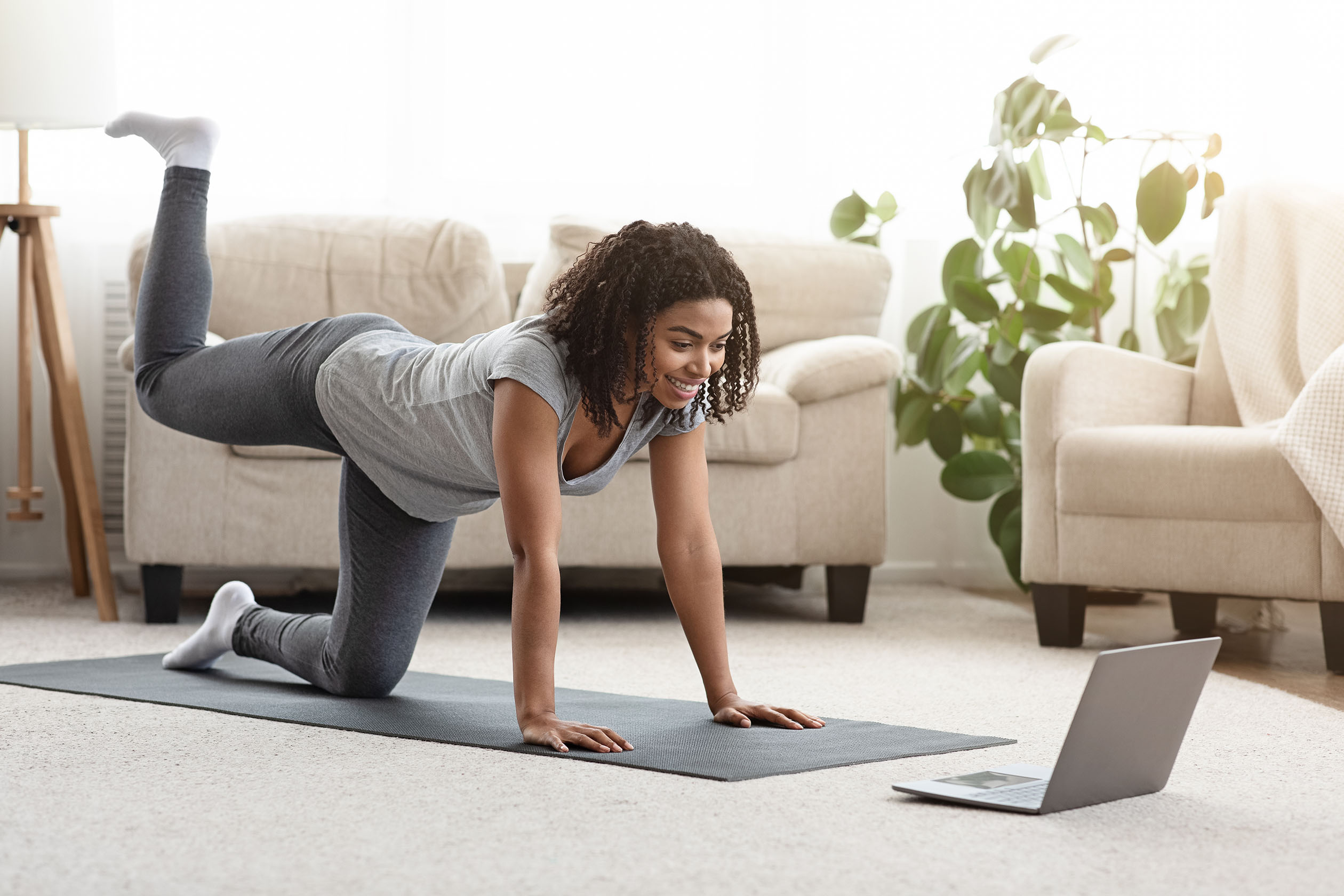 Fifty percent of postpartum patients notice a little stubborn pooch below the navel that sticks around long after the baby weight is gone. That’s because this bulge isn’t leftover pregnancy pounds, it’s likely diastasis recti. Sometimes known as “mommy pooch” or “mummy tummy” condition is caused by the separation of the six-pack muscles (rectus abdominis) that meet at the center of the stomach and is incredibly common during and after pregnancy as the uterus stretches the abdominal muscles to make room for the baby. However, anyone can experience it, and can also occur from lifting weights improperly or any other trauma to the abdominal muscles.
Fifty percent of postpartum patients notice a little stubborn pooch below the navel that sticks around long after the baby weight is gone. That’s because this bulge isn’t leftover pregnancy pounds, it’s likely diastasis recti. Sometimes known as “mommy pooch” or “mummy tummy” condition is caused by the separation of the six-pack muscles (rectus abdominis) that meet at the center of the stomach and is incredibly common during and after pregnancy as the uterus stretches the abdominal muscles to make room for the baby. However, anyone can experience it, and can also occur from lifting weights improperly or any other trauma to the abdominal muscles.
Often, diastasis recti will heal on its own eventually, and while this condition is not usually painful, it can diminish your self-confidence. Luckily, there are plenty of methods to strengthen your core and kick-start the healing process.
Diagnosing diastasis recti
A protruding stomach is the most common symptom of diastasis recti that may be especially noticeable when you strain or contract your abs. Other symptoms include poor posture, bloating, lower back pain, and constipation. According to Dr. Nichole Mahnert, an OBGYN at Banner University Medicine in Arizona, there is a self-test to determine if you have diastasis recti. Lie on your back with your legs bent and feet flat on the floor. Put your fingertips on your stomach right below your belly button. Raise your shoulders and head up as if you were doing a crunch or a sit-up. Move your hand up and down your stomach at the midpoint to feel for a separation. You may even see a bulge in the middle. If the separation measures two fingers or more, schedule an appointment with your primary care physician or an OBGYN.
When to see a doctor
If the gap is less than two fingers, it will begin to close on its own a few weeks postpartum as your ab muscles strengthen again. While your condition may improve with exercise, sometimes things like crunches can actually make it worse, straining the weak core muscles beyond their ability. If your condition is more severe, you should first talk to your doctor. Dr. Manhert says, “all women should see a pelvic floor physical therapist or specialist following delivery to evaluate the pelvic floor and abdominal wall muscles and to work on strengthening and aligning. Some women require surgical intervention, but this is less common.”

How can you fix diastasis recti?
After visiting your primary care physician or a physical therapist, they will likely recommend a few at-home exercises to try. This specialized exercise plan will restrengthen your ab muscles without worsening the condition. The workouts usually target the pelvic floor and the deep stomach muscles.
Changing your daily habits may also speed up recovery. Practicing good posture is an effective way to build core strength without engaging in strenuous activity. It may help to support your lower back with a pillow or towel while sitting and choose ergonomic chairs. Additionally, when standing up or getting out of bed, bend your knees, roll, and support your body with your arms instead of engaging your core. Small changes like these will gradually fix your diastasis recti by allowing your abdominals to regain their strength without overexerting yourself.
Are belly binders effective?
Some doctors believe belly binders can also speed up the diastasis recti recovery process. OBGYN board specialist Dr. Cynthia Robbins says, “a recovery garment aids in holding the tissue, ligaments, and bones in place to stabilize the pelvis. This allows a woman to begin exercising earlier in the recovery stage. Therefore, she is able to get active and begin immediately strengthening her pelvis and her musculature.” These braces are especially helpful when used in conjunction with proper exercise.
Other specialists, however, warn of becoming over-reliant on them. Rachel Gelman, the branch director of the Pelvic Health and Rehabilitation Center in San Francisco, suggests that braces are merely a band-aid for a larger issue. People can become too dependent on them, limiting their chances to retrain their stomach muscles effectively. Consult your doctor or physical therapist to determine if using a belly binder is right for you.
Diastasis recti is a widespread condition. If you or someone you know is managing this condition, there are many resources available. Consult a trusted healthcare professional for help. They may recommend strengthening your abdominal muscles, wearing a belly binder, and decreasing muscle strain. With these tips and your doctor’s suggestions, you can improve your abs and relieve this condition easily.
BlissMark provides information regarding health, wellness, and beauty. The information within this article is not intended to be medical advice. Before starting any diet or exercise routine, consult your physician. If you don’t have a primary care physician, the United States Health & Human Services department has a free online tool that can help you locate a clinic in your area. We are not medical professionals, have not verified or vetted any programs, and in no way intend our content to be anything more than informative and inspiring.



